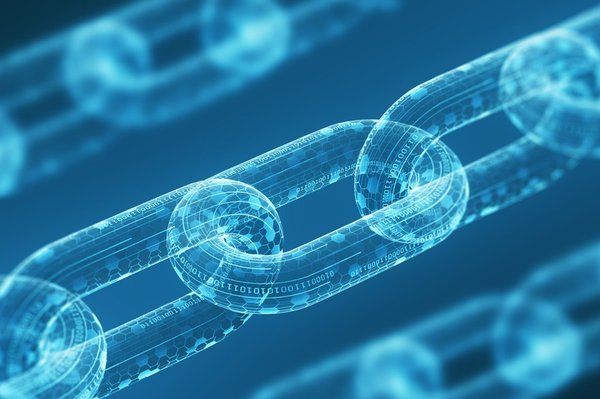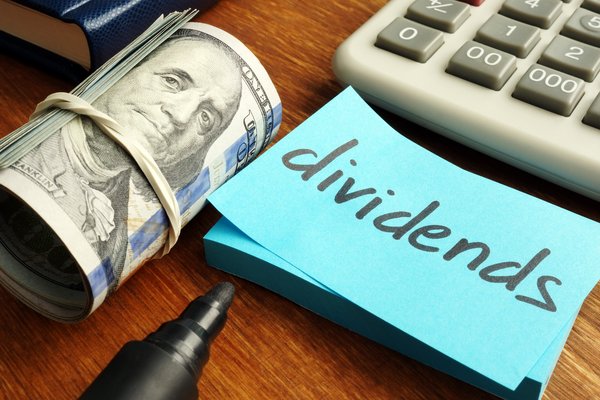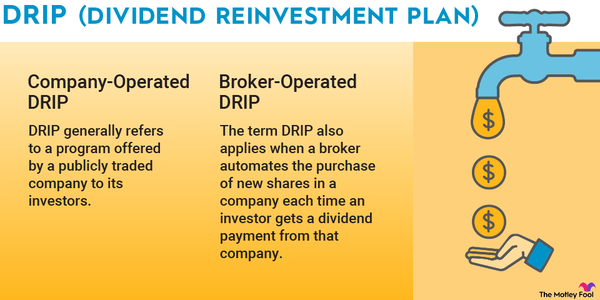Direct Loans are federal student loans made directly by the U.S. Department of Education to students or parents. The loans help families cover the cost of higher education. They typically carry lower interest rates than private-sector loans and provide borrowers with additional protections.

Definition
What is a federal Direct Loan?
The U.S. Department of Education operates the William D. Ford Direct Loan Program. The student loan program is a form of financial aid. It allows eligible students and their parents to borrow directly from the federal government to help pay for undergraduate, graduate, and professional degree programs.
Students and parents interested in obtaining a Direct Loan must complete the Free Application For Federal Student Aid (FASFA). After submitting the FAFSA, the school will send a letter outlining the available financial aid options, including federal Direct Loans. The student (and parents) can then apply for a Direct Loan to help pay for educational expenses not covered by scholarships, grants, and savings.
Different types
What are the different types of Direct Loans?
The U.S. Department of Education offers four types of Direct Loans:
- Direct Subsidized Loans: Direct Subsidized Loans are available to undergraduate students with a demonstrated financial need. The U.S. Department of Education pays the interest on these loans while the student is in school at least half-time, for the first six months after leaving school (often called the grace period), and during periods of deferment when loan payments get postponed.
- Direct Unsubsidized Loans: Direct Unsubsidized Loans are open to undergraduate and graduate students. There’s no requirement to demonstrate a financial need to qualify for these loans. The borrower must pay the interest on the loan during all periods.
- Direct PLUS Loans: Direct PLUS Loans are available to eligible parents (parent PLUS loans) and graduate or professional students (grad PLUS loan).
- Direct Consolidation Loans: Direct Consolidation Loans enable borrowers to combine multiple student loans into one new Direct Loan. Consolidation can lower the borrower’s monthly payment or allow them to access a federal student loan forgiveness program, such as the Public Service Loan Forgiveness (PSLF) option.
Direct vs. private loans
How do Direct Loans differ from private loans?
The U.S. Department of Education isn’t the only lender for higher education. Many financial institutions will also provide private loans to help students and their families pay for college and other expenses. These two loan options have many differences, including:
- Direct Loans often have lower interest rates than private student loans.
- Direct Loans are eligible for loan consolidation and forgiveness programs.
- Direct Loans often offer better repayment plan options, including grace periods and deferral.
- Private loans don’t have a borrowing limit like many Direct Loans.
- Private loans often offer more flexibility in how the borrower can use the funds.
Related investing topics
Example
A Direct Loan example
Parents of a student preparing to go to college review their financial aid options. After accounting for scholarships and the money available in their 529 Plan, the parents estimate they will need about $10,000 per year to cover their child’s education. Although their child is eligible for a Direct Unsubsidized Loan, they don’t want them to have student loan debt after graduation. After exploring the differences between private loans and Direct Loans, they apply for and receive a Direct PLUS Loan with the U.S. Department of Education to help pay for their child’s education. The Direct Loan offered a lower fixed rate and better repayment options than the private loan.




















































